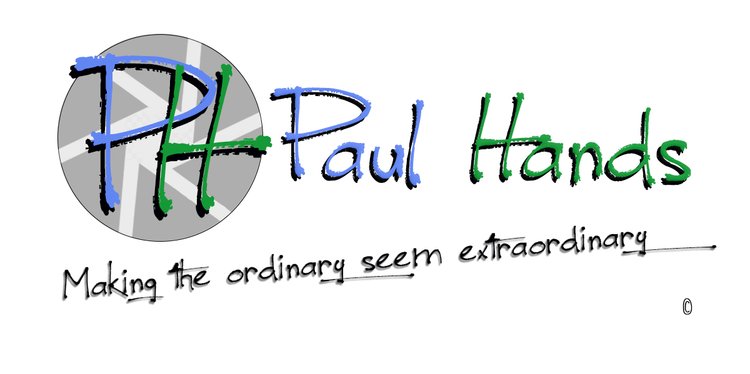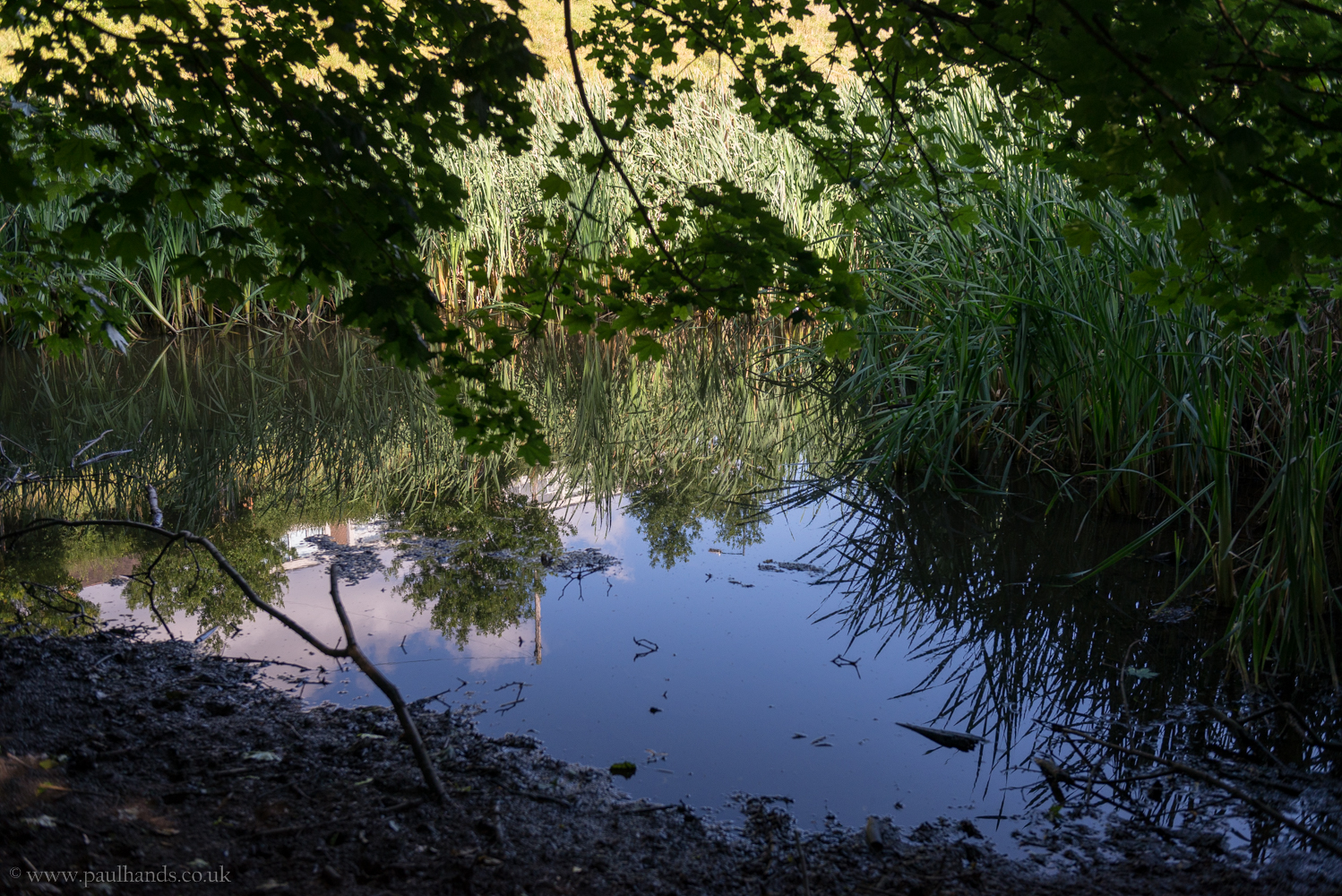We're currently studying time & memory at university but using multimedia, inclusive of stills and moving image. I'm exploring different themes around the subject and pondering what both time and memory represent to me. Can I make a story out of this theme, I asked myself.
I took advantage of the foggy weather by spending the afternoon outside with my camera and found myself being drawn to St. Catherine's Church graveyard in Burbage and the outskirts of Hinckley.
Here's the contact sheets that I'm working with.
Click on each photograph to enlarge.















































